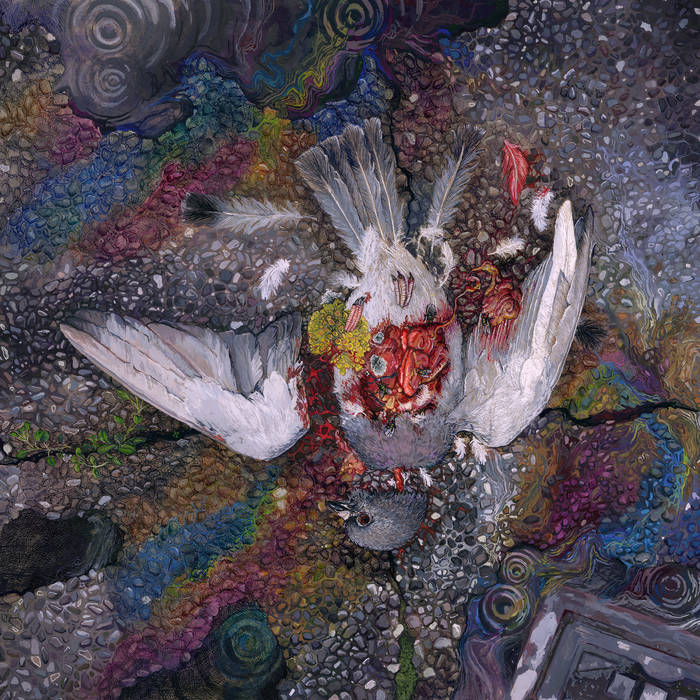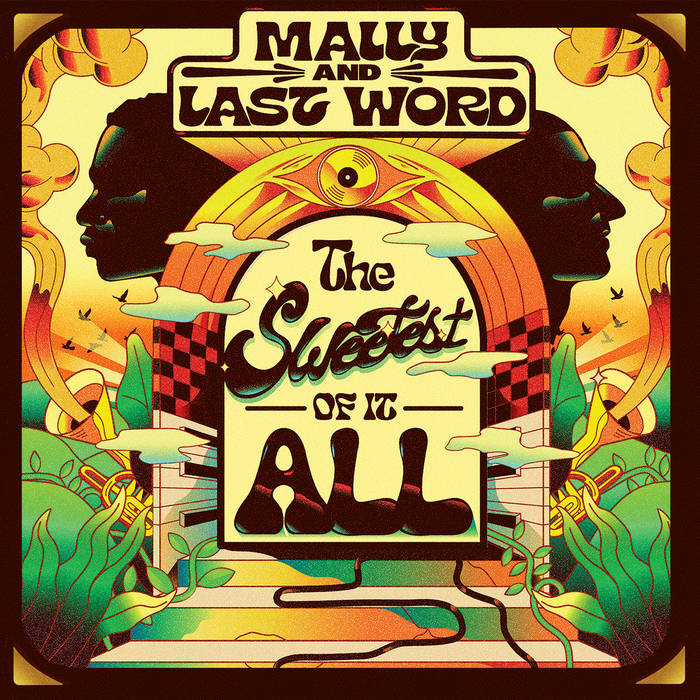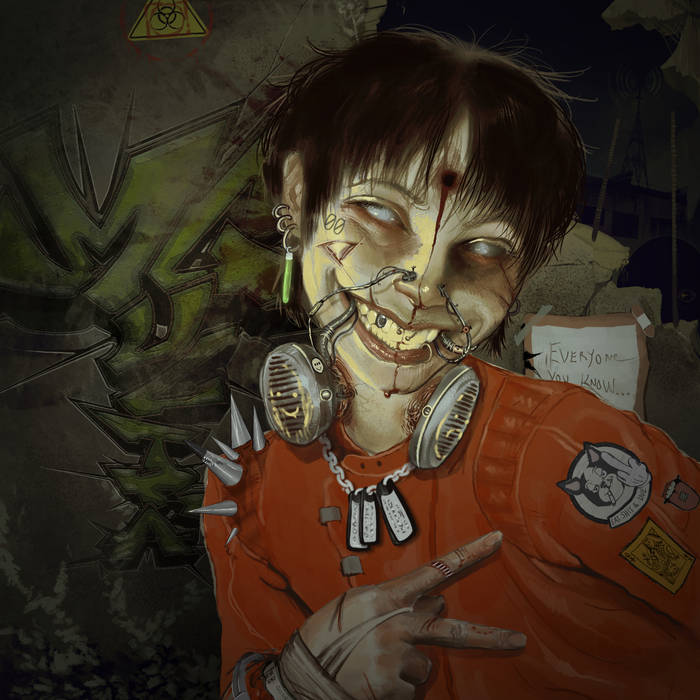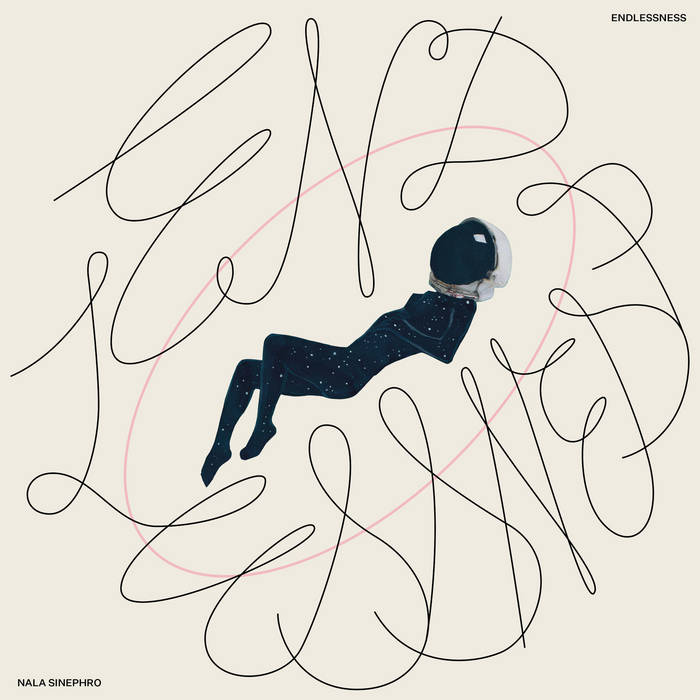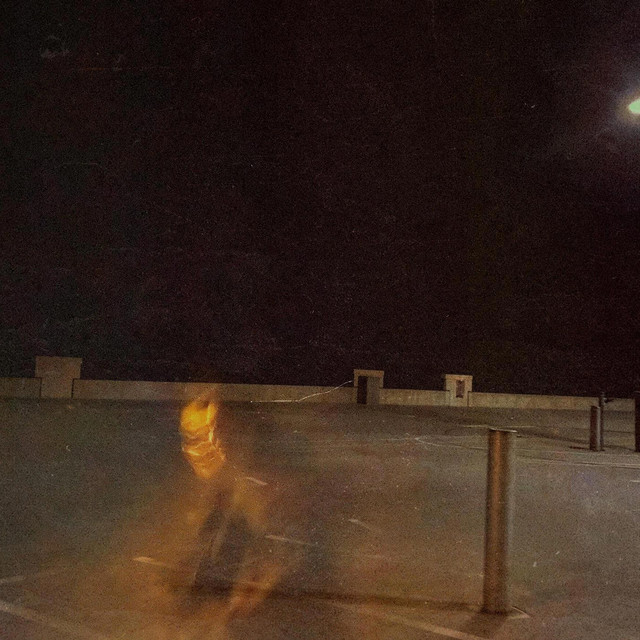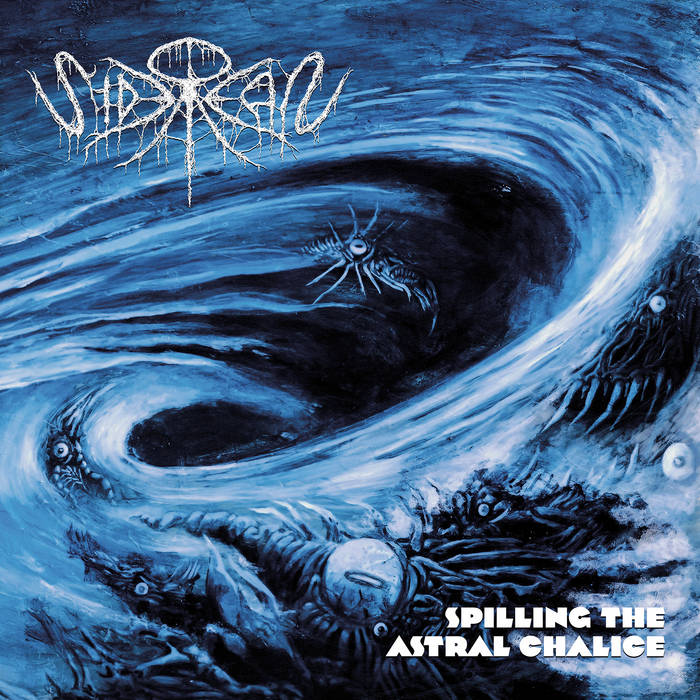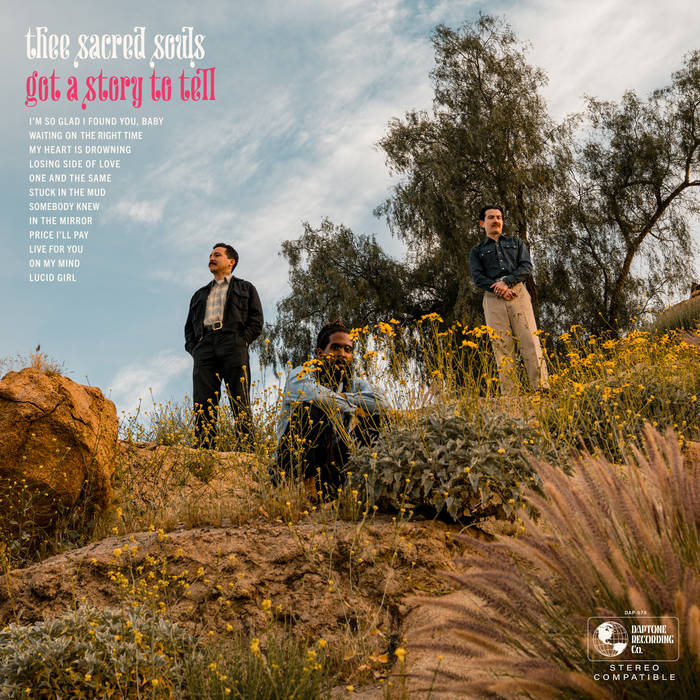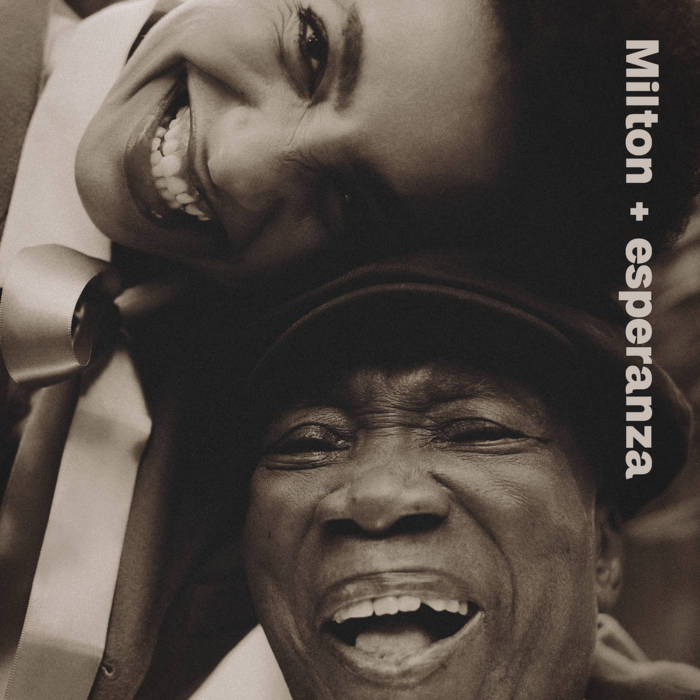When I found out Machine Girl was coming to Raleigh, I jumped on tickets so early the openers hadn’t even been announced yet. I sat on those tickets for months, biding my time until the moment of actualization: November 8 at Raleigh’s Lincoln Theatre.
To put it plainly, I wasn’t disappointed — Machine Girl’s performance was riveting, and I haven’t stopped thinking of it since.
Everything about the event was infused with the characteristic uncanniness I’ve come to associate with Machine Girl: spooky fog, strong ambient lighting and buckets upon buckets of sweat.
Stephenson’s stage presence — irreverent, eccentric and interactive — and a melange of chaotic beats and dizzying strobes churned the audience into a frenzy.
I like to say I was fighting for my life in that crowd, the crush of bodies sending those of us in the first two rows sprawling over the barricade. Everyone was desperate to get closer to the music, to reach out and touch Stephenson as he did his rounds about the stage.
I was positively delighted. After catching Machine Girl as the opening act for 100 Gecs back in 2023 and finding myself sufficiently enraged by the audience’s chilly reception to their set, it was a welcome change of pace to see some actual excitement.
The setlist was a perfect compilation of the best of “MG Ultra” and older classics, opening with “…Because I’m Young Arrogant and Hate Everything You Stand For” from the 2017 album of the same name.
“MG Ultra” is a truly inspired release, a pesudo-time capsule for the rollercoaster that is 2024.
The setlist even featured “Dance in the Fire” from the May 2024 EP “SUPER FREQ”
Like the music, Stephenson was ever-moving: dangling off the edge of the stage; dripping sweat into the audience; a languid wrist anointing fans with a cascade of Great Value bottled water.
We loved it. And we absolutely pummeled the living daylights out of each other.
A fellow showgoer’s cell phone video captures Stephenson emerging from the foggy aether of the stage to recieve a sacred gift — a Magic: The Gathering card — which he tosses onto the stage with a sardonic (and long-suffering) flair. An outright mystical exchange, heightened only by the gloomy synths rumbling in the background.
At one point, he darted into the audience for a rendition of “Motherfather,” climbing the stairs to the upper-level seating and balancing precariously on the railing, all while screaming into the mic.
The set ended with “Psychic Attack,” one of the top tracks from “MG Ultra.”
Later returning for an encore, Stephenson pulled out another “MG Ultra” track, “Cicadas,” and — one of my all-time favorites — “Scroll of Sorrow,” from the 2020 album “U-Void Synthesizer.”
By the end of the show, we were all run ragged. I’d lost a bracelet, several of my friends had been cut up (presumably by studs and spikes) in the pit and we all dreamed desperately of cool air and bottled water.

